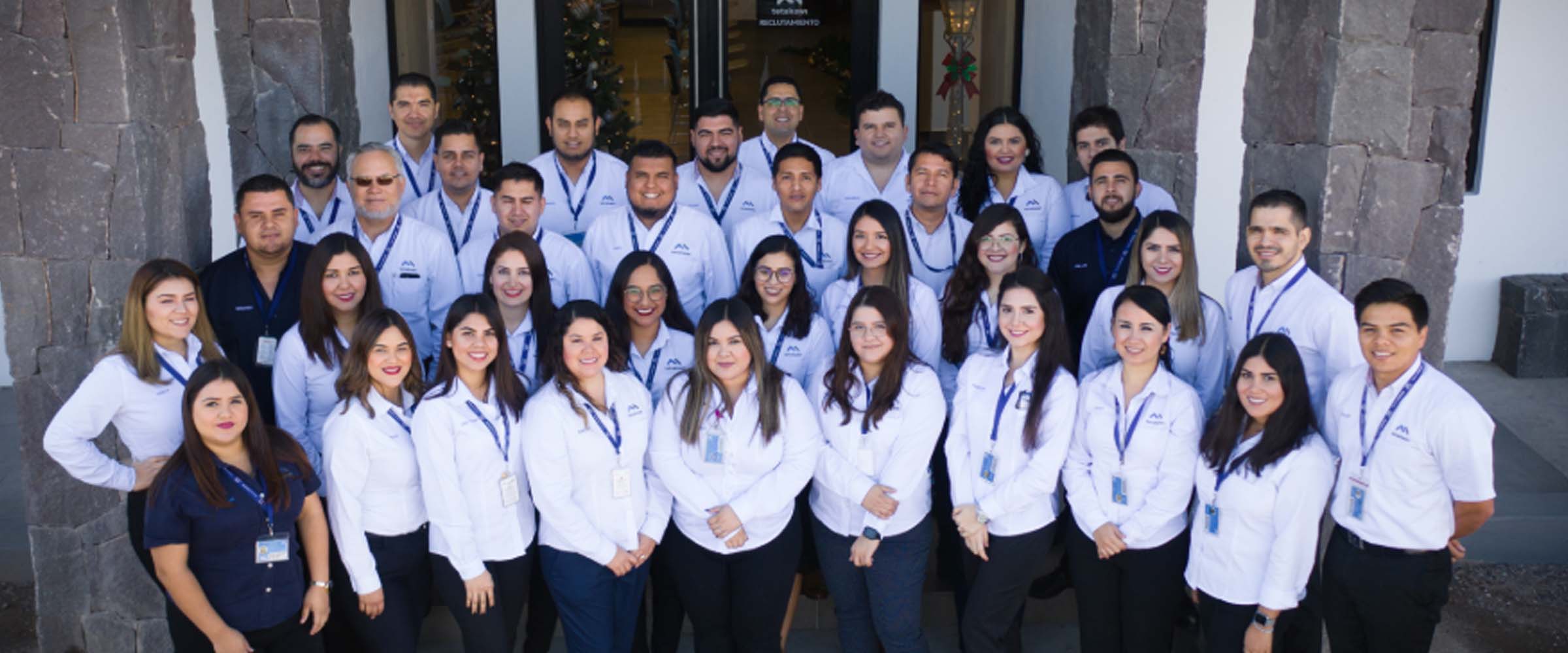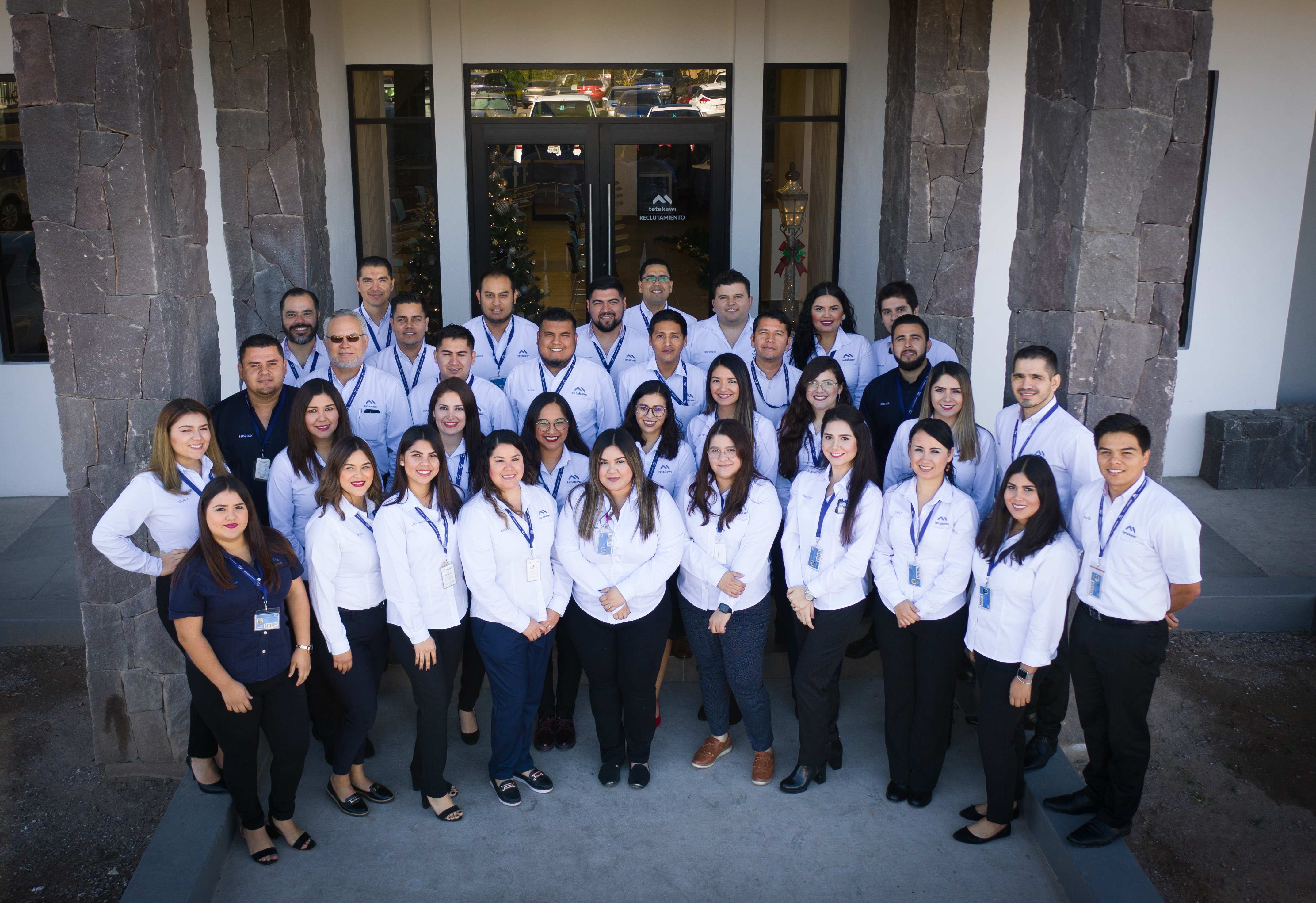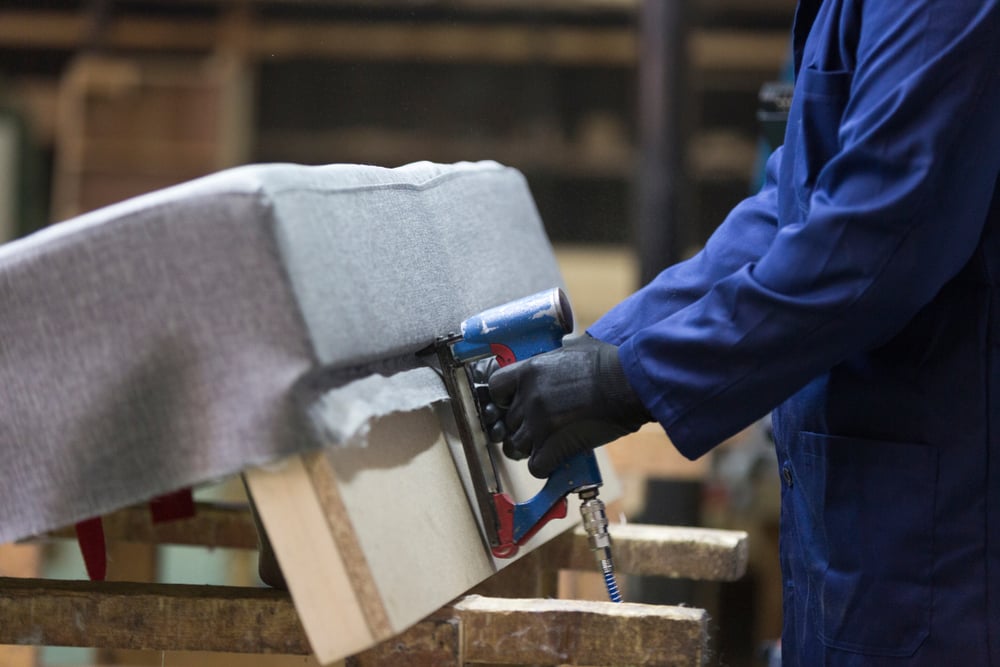When manufacturing executives absolutely, positively have get to their Mexican production facilities quickly, nothing beats the corporate jet or the charter. From the Mexican standpoint, one is as viable as the other. Which option you choose will likely be determined by budget.
The United States is now filled with charter companies accustomed to carrying hunters to Sinaloa, businessmen to Saltillo, Monterrey, the Federal District and revelers to Cabo San Lucas or Acapulco.
The southbound charter will have to land first at --and return from -- an airport with immigration and customs services. For example, in Sonora, there are five – Nogales, Hermosillo, Puerto Peñasco, Guaymas and Ciudád Obregón.
Count on the actual cost of flight-time of a Mexico trip as being the same for an an equivalent distance in the US. Ground costs --
parking, landing fees, passenger usage fees and fuel costs -- will generally be higher than in the U.S. Reason is that many of Mexico´s airports have been concessioned to three for-profit operating companies each known by a different acrnonym: GAP, OMA and AZUR. The government´s Aeropuertos y Servicios Auxiliares, or ASA, itself operates a fourth group. ASA also holds a government-sanctioned monopoly on the sale of jet fuel.
There are dozens of small-to-large charter firms in the United States. Many authorize only a few of their eligible planes for flights abroad to carry manufacturing executives to Mexico. Moreover, because rates fluctuate, it pays to call charter outfits in nearby cities. Those flying from LA, for example, would call charter companies at all nearby airports. A company in Phoenix, Arizona might look to Tucson, or even Yuma.
The manufacturing executive looking to charter an aircraft to Mexico need not limit his or her search to nearby operators, however. Under treaty, a customer may call a charter operator in the other country. That means that someone in Tucson, Phoenix, Dallas or some other U.S. city may call a charter operator in Monterrey, or Guadalajara, said Fernando Antillón, a former Mexican aviation offficial who is now supervising activities at the new Mar de Cortés Airport in Sonora, Mexico. Conversely, a company in Chihuahua city may ignore local outfits and, itself, call El Paso or Las Cruces, New Mexico. Either way, the charter must be for an international flight, he said. The same rules apply to corporate aircraft as to charters.
The nature of civil aviation today, combining economies of scale with the proximity of the U.S. and Mexico, is such that aircraft carrying a U.S. matriculation number may actually be owned or leased by a Mexican company.
No single online source lists charters available to and from Mexico. A series of Google searches (preferably from www.google.com.mx) using the term "taxis-aereos," or “air taxis,” followed by the city (Culiacán, Saltillo, Monterrey or Hermosillo, for example) will consistently turn up numerous firms.
The following are required for travel in private aircraft to Mexico by manufacturing executives, as well as others: proof of citizenship, aircraft documentation and pilot credentials. Minors accompanied by only one parent must have a notarized letter from the absent parent. If an aircraft is registered in the name of another, or a corporation, one should also carry a notarized letter of authorization.
Private flights do not routinely pre-clear with US customs but if any expensive items are going along, it is important to declare them before leaving. Monetary amounts over $10,000 must be declared with customs before departure and upon returning to the U.S. Mexican law requires declaring any sums greater than $10,000 to be declared before entering the country, as well. Those flying internationally from Mexico are required to give an hour notice
Commercial operators, helicopters, and privately-owned aircraft with more than 16 passenger seats or rental aircraft with more than 8 passenger seats require advance permits. The permission must be requested in writing, at least 5 working days before the scheduled date of the trip.
Recent fees for traveling to Mexico include a $42 one-time or $750 annual fee for crossing into Mexican airspace; a landing fee of based on the weight of the aircraft that is about $8 for a single-engine and $15 for a twin; a $20 per person immigration fee; and an "airport usage fee" that ranges from a few dollars per person to as much as $25 per person.
Any repairs done to the aircraft outside the USA must be reported to U.S. Customs and may require duty to be paid upon arrival.
The FAA produces a list of certified maintenance agencies for Mexico and othe foreign countries.
Sometimes there’s an absolute need to be at the Mexican manufacturing plant quickly. This need is meet most effectively by corporate jets or charters. Make sure that you know the rules and requirements before you go.
Subscribe
Sign up and stay informed with tips, updates, and best practices for manufacturing in Mexico.





